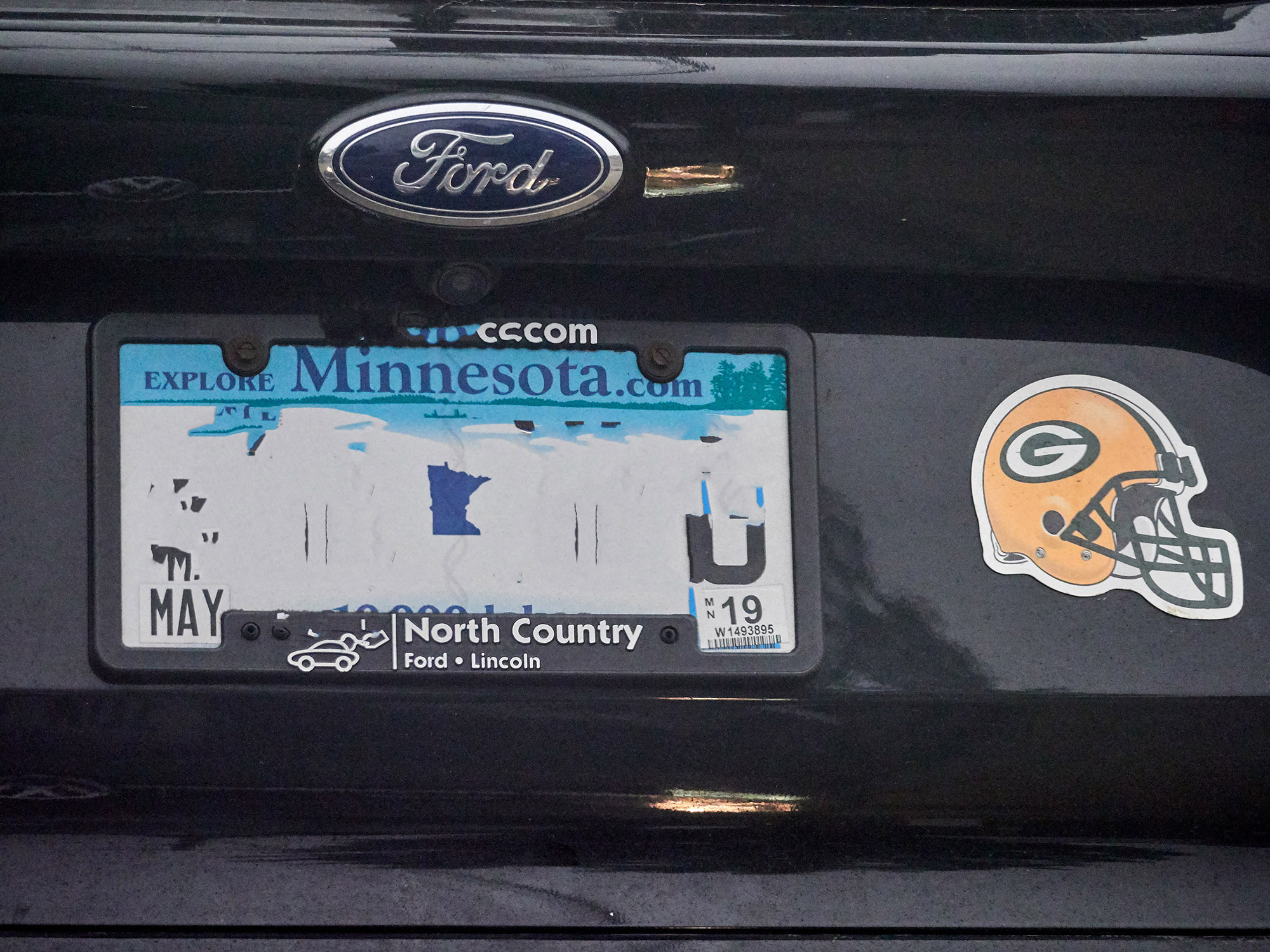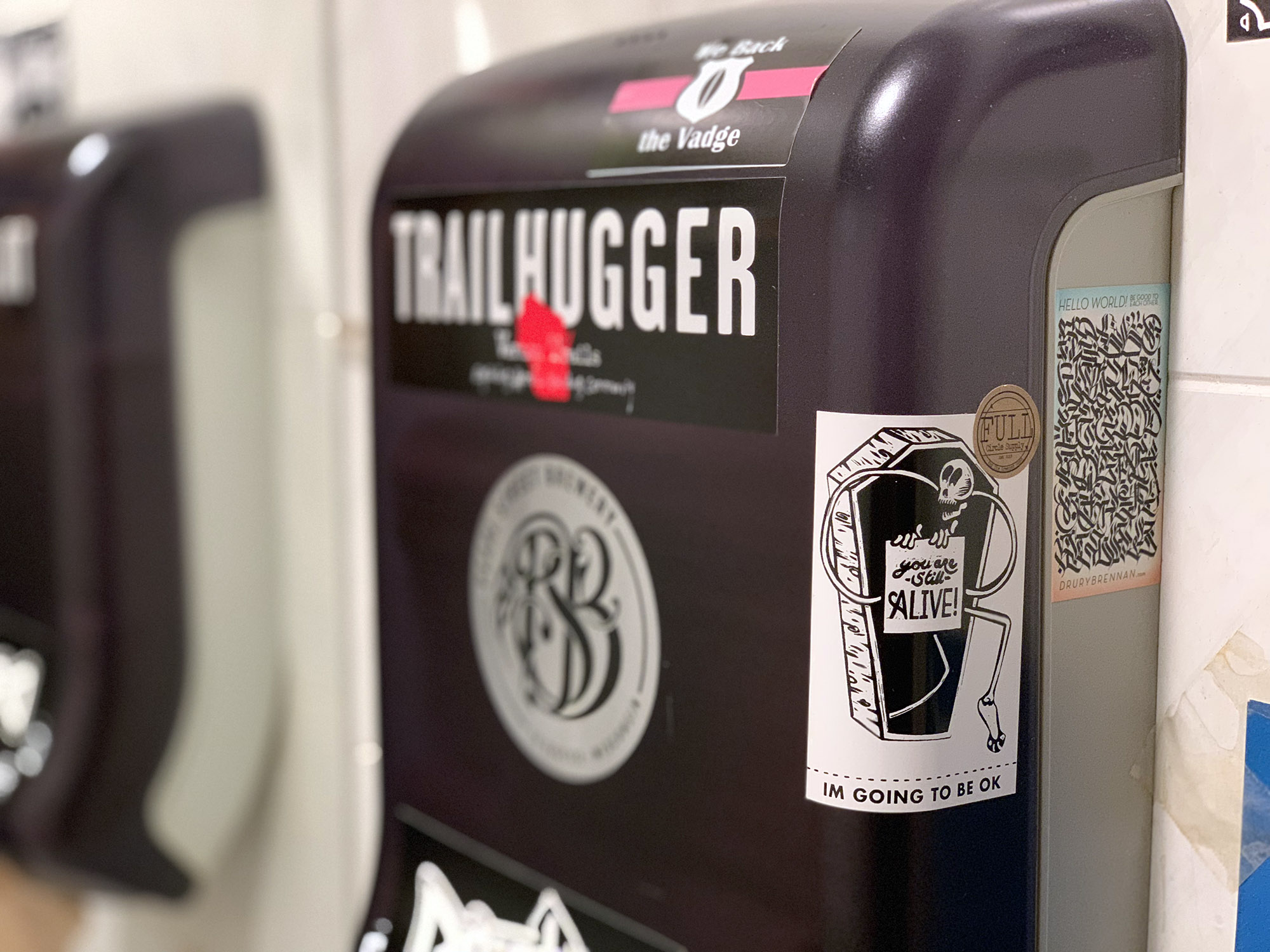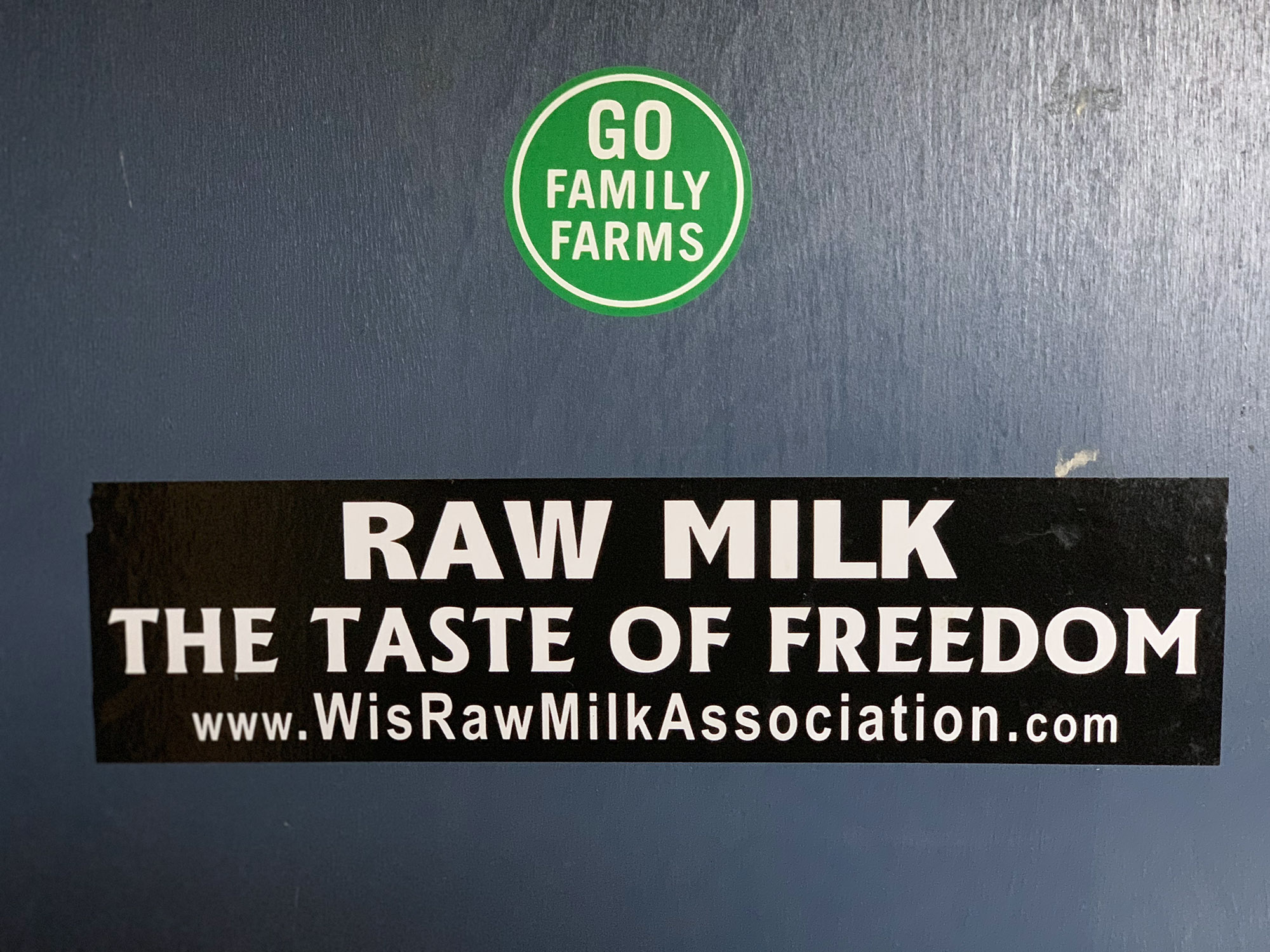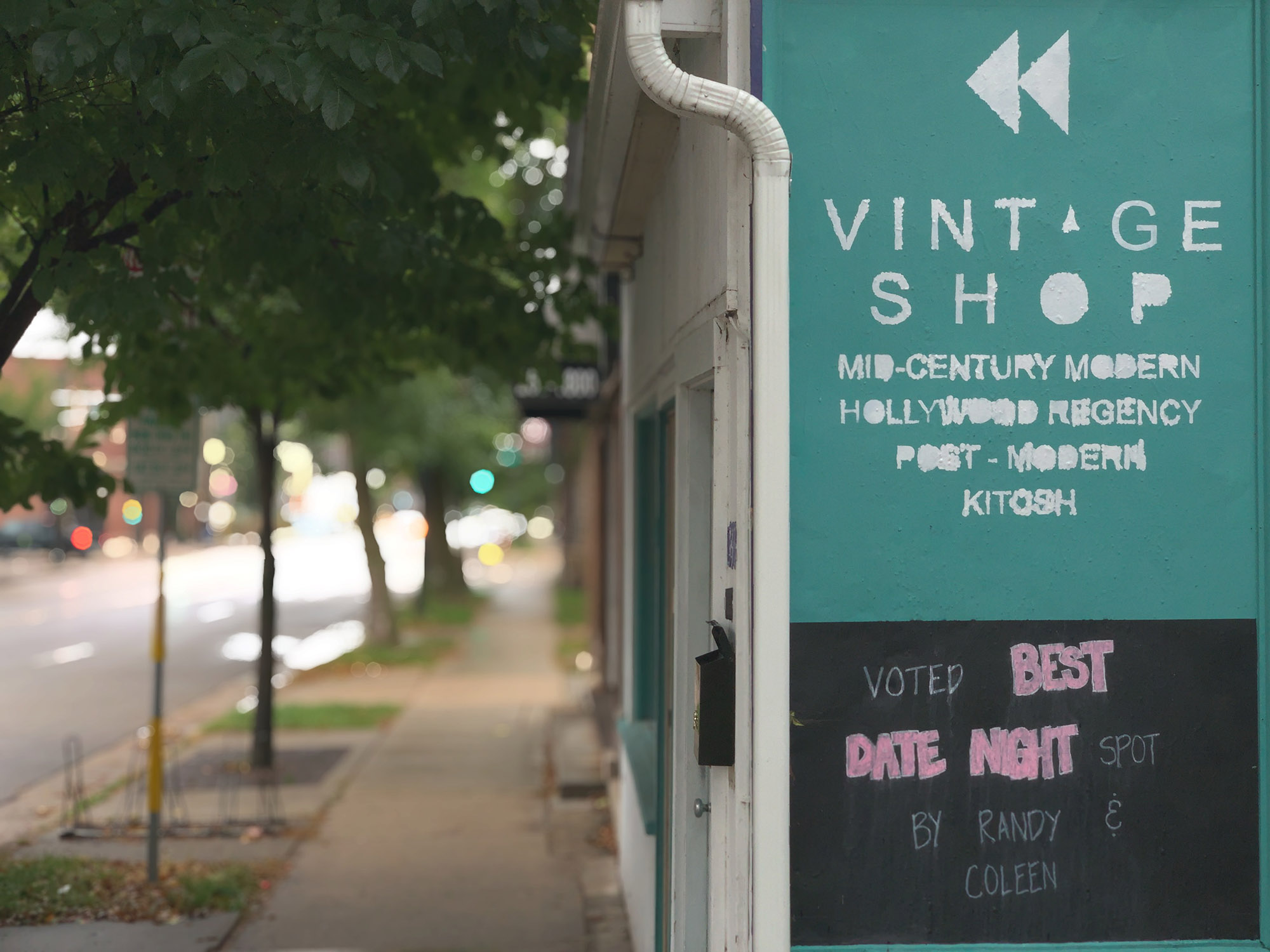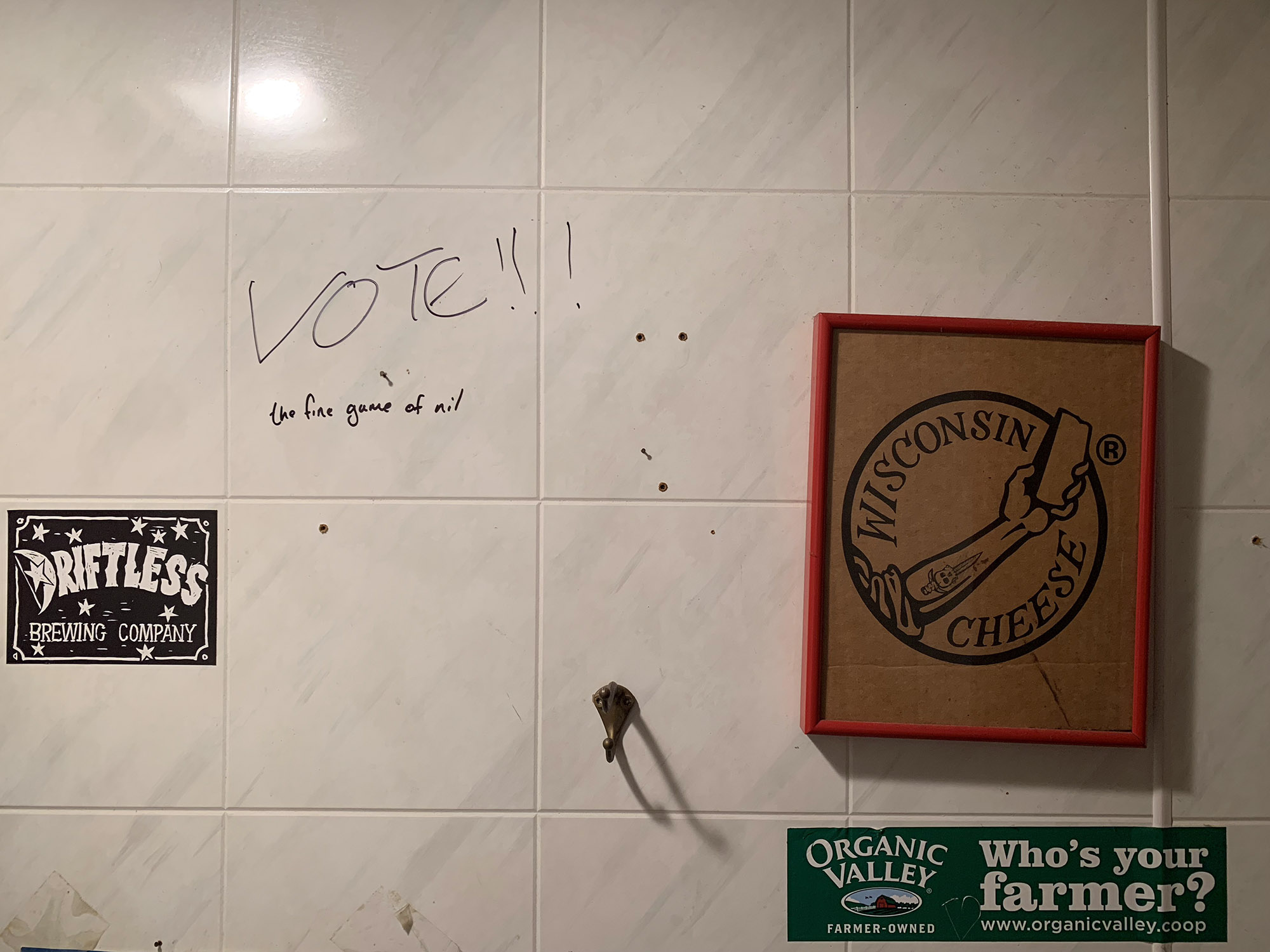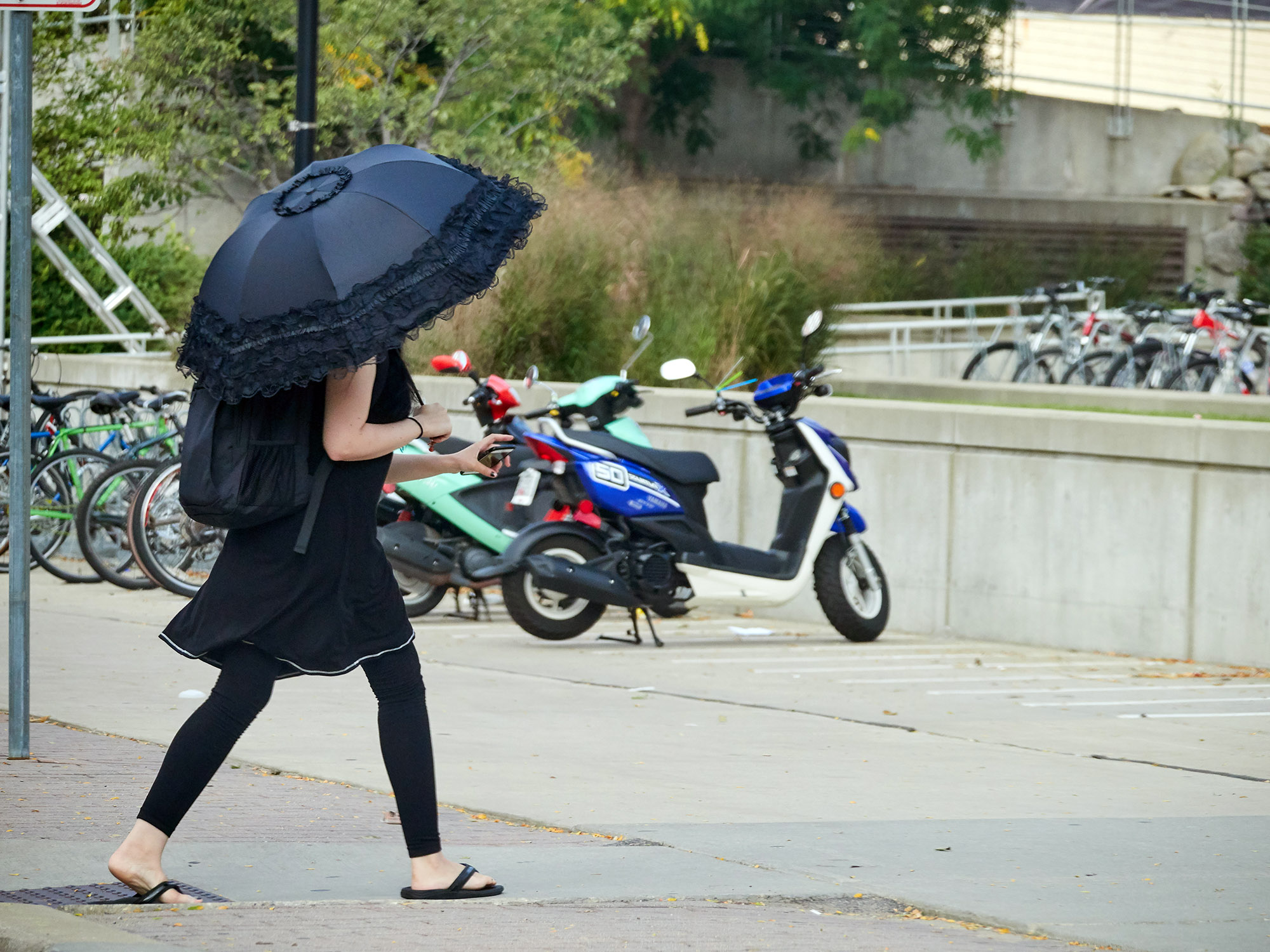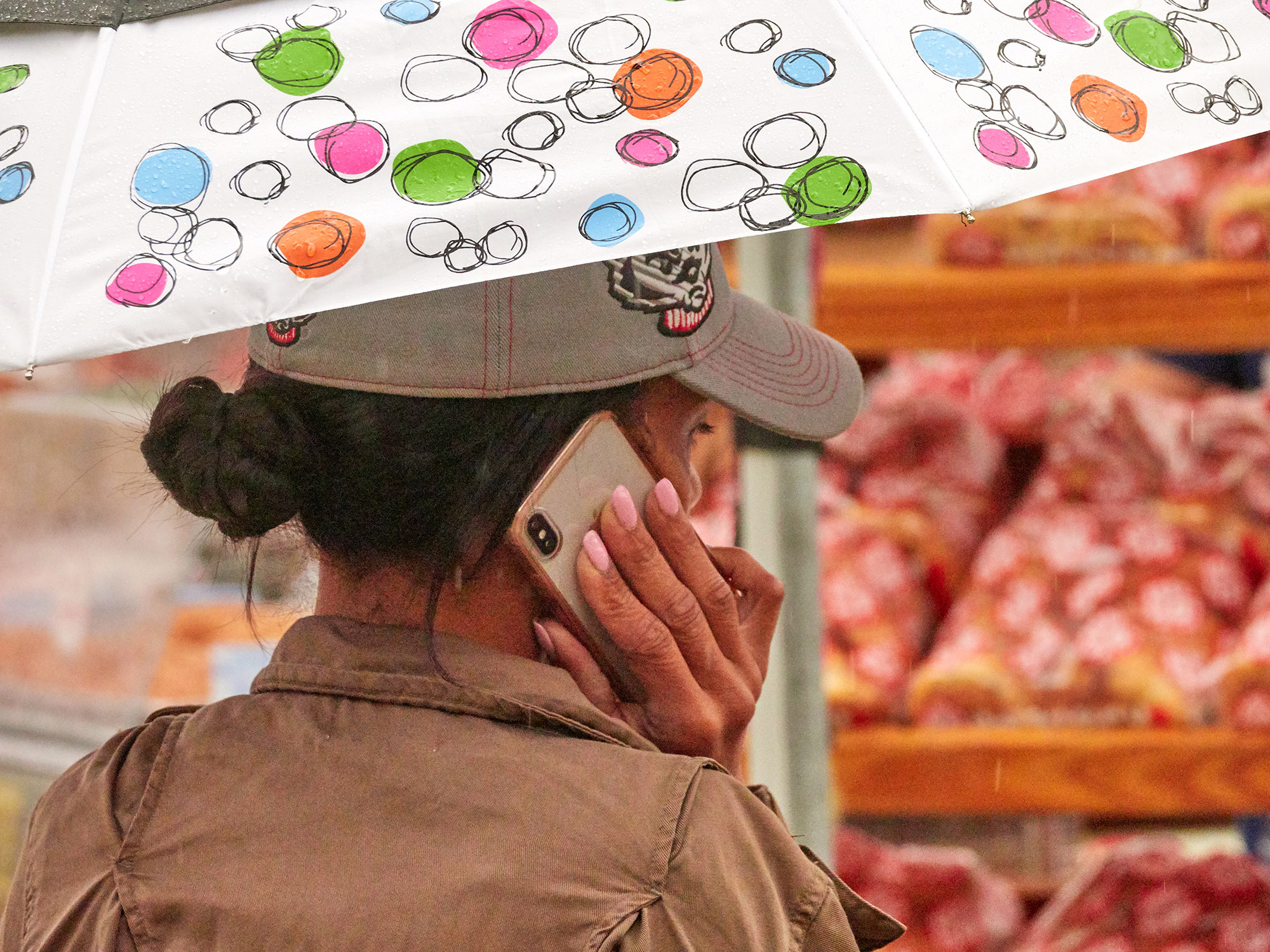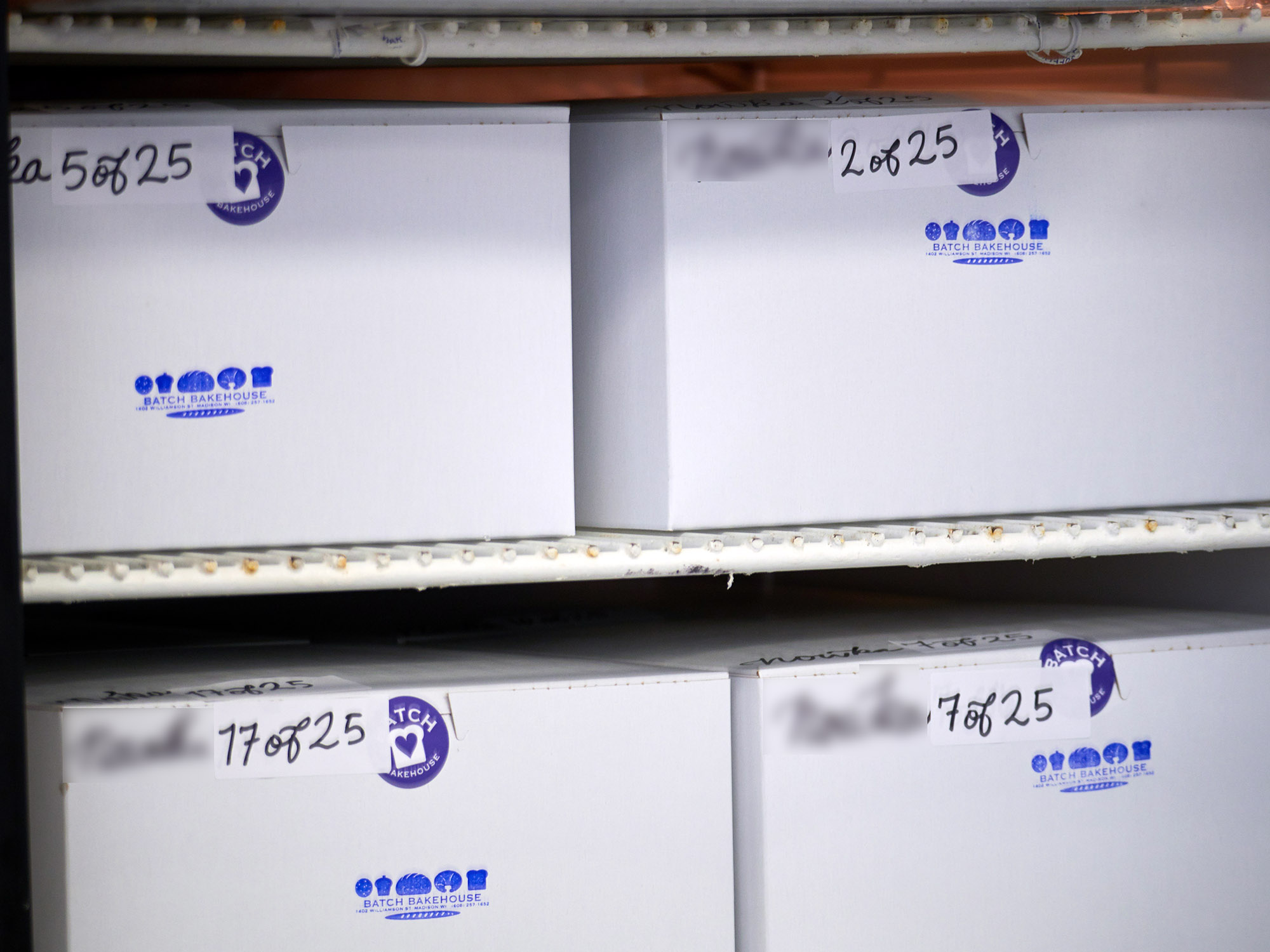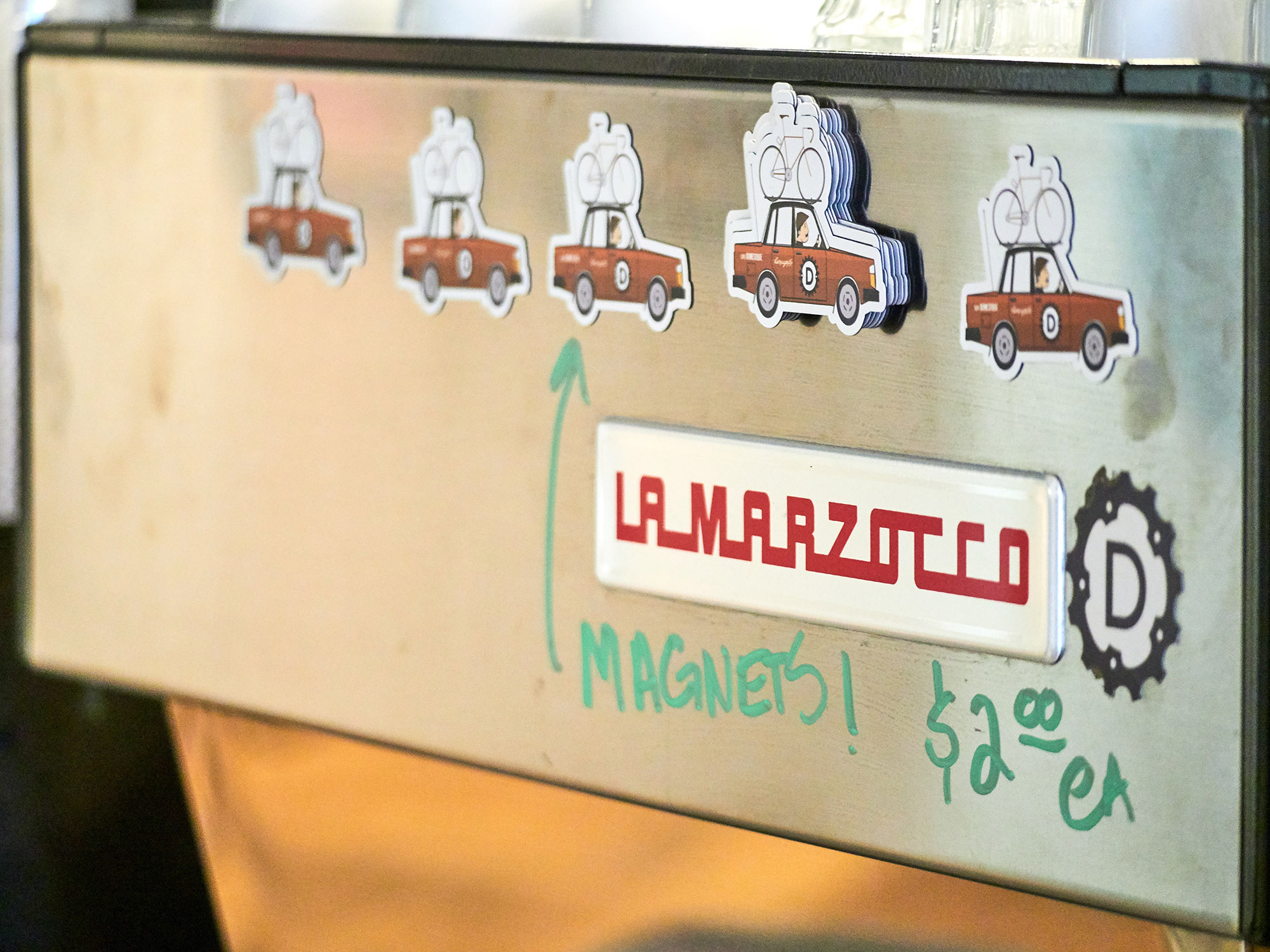Monthly Archives: September 2018
iPhone (re)selling: Air India Edition
UPDATE: 10.20.2018 “With more than half of all iPhone buyers opting for installment plans”
The latter half of September, summer into fall for those of us north of the equator, has become a Groundhog Day [1] of sorts for me. A new iPhone is announced. I place an order and survey the market for my now nearly one year old model.
I begin with the eBay app, continue to Craigslist, then review commercial offers, from firms such as Gazelle and more recently the Apple Store app, conveniently displaying an estimated value during the purchase process.
For me, Gazelle and Apple’s offer represent the “bottom” of the market. eBay seems to reliably display a few euphorically priced examples, providing the top.
So equipped, I proceed. I’ve done the range over the years with mostly good results.
This year, I posted photos on Craigslist at a middling price. I received 6 offers (and one obvious scam) within 60 minutes and made arrangements to meet the successful bidder at a local coffee and tea establishment.
The buyer added his SIM card to my unlocked iPhone X, then connected to the internet via the coffee house’s wifi service. He passed the cash to me and handed the iPhone to his mother, bound for Delhi in the morning.
I later learned that they had been acquiring inventory for much of the day. “People in India love iPhones, but they are very expensive”.
Fittingly, this experience provided an answer to my question on secondary market iPhone value in light of Apple’s efforts to push new model prices up [2].
While contemplating the market, I wondered how the following facts might affect future cash buyer demand?
A. Cellular network operators (an oligopoly in the United States) have a bottomless pit of financing and contractual lock-in techniques. How many Americans understand the concept of an “unlocked iPhone”?
B. Apple is promoting an iPhone Upgrade program, with monthly payments “beginning at $37.41“. A recent Apple Store visit revealed a table full of iPhones displaying monthly payments on their screens. [3]
C. Apple is getting into the used hardware purchase and remarketing game, joining many auto manufacturers’ “Certified Pre-Owned” [4] experience. “There is nothing new under the sun” – Ecclesiastes 1:9.
D. Cellular operators are bundling services in an effort to to maintain, if not grow revenues. [5]
E. A meaningful introduction of the e-sim [5] offers both Apple and the cellular operators, fueled by Apple Pay (Apple’s own “currency” – why not?) new price, experience and contractual spaghetti opportunities. [6]
I sense that it will become more difficult to simply purchase an iPhone, unlocked. Perhaps Apple will use future price signals to help us do the right thing and pay monthly..
Apple Pay awaits our glance.
[1] Groundhog Day.
[2] A Dediu chart
[3] iPhone Upgrade Program
[4] CPO
[5] T-Mobile offers a Netflix bundle while Verizon is promoting a “free” six month Apple Music subscription.
[6] Apple e-sim. AT&T, T-Mobile and Verizon support Apple’s e-sim. Presumably the required deal making software has been completed.
P.S. Jean-Louis Gassee has used the term “cashectomy“, occasionally while discussing cellular operators. I seem to recall that Mr. Gassee applied the term to the early Apple + Cingular (AT&T) relationship that launched iPhone v1.
P.S. You Probably Bought Your iPhone With This Bank’s Help. Its Stock Is Worth Buying, Too by Lawrence Strauss:
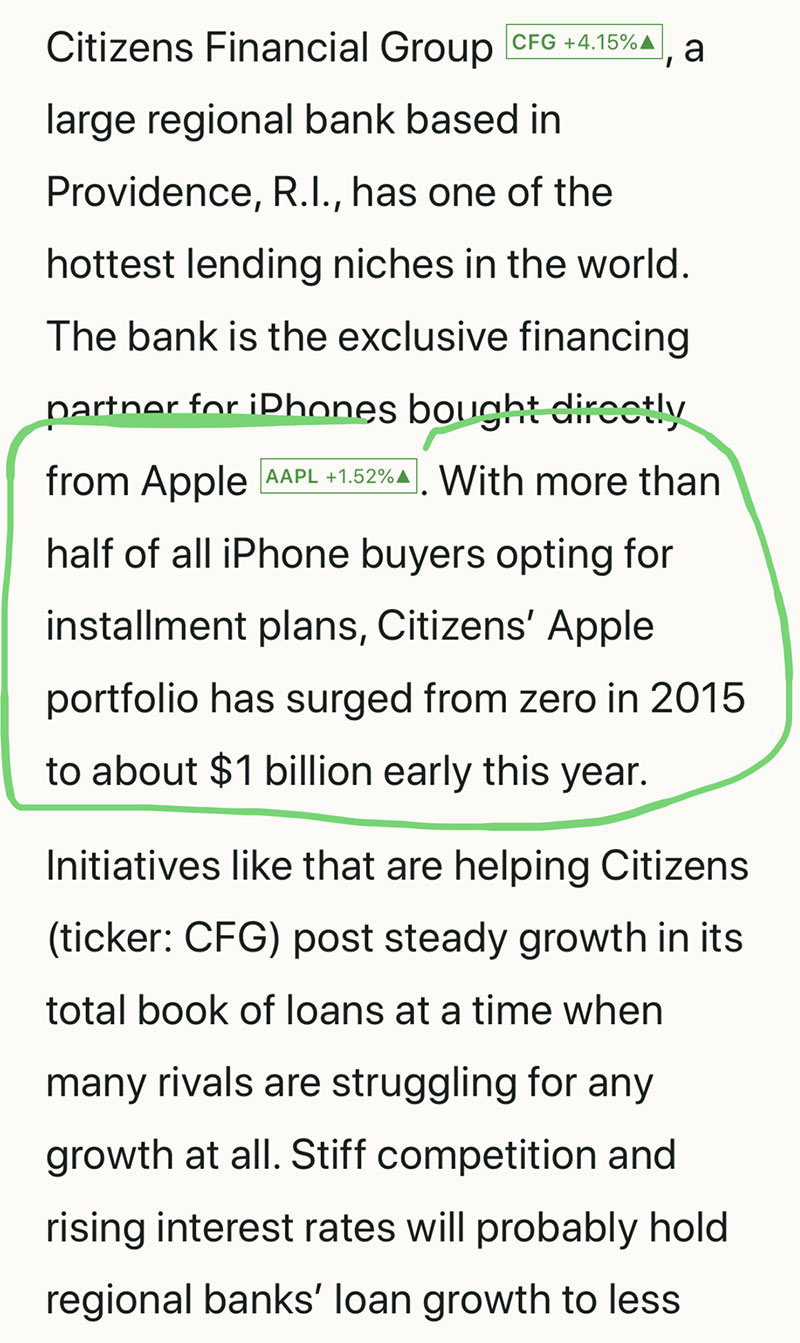
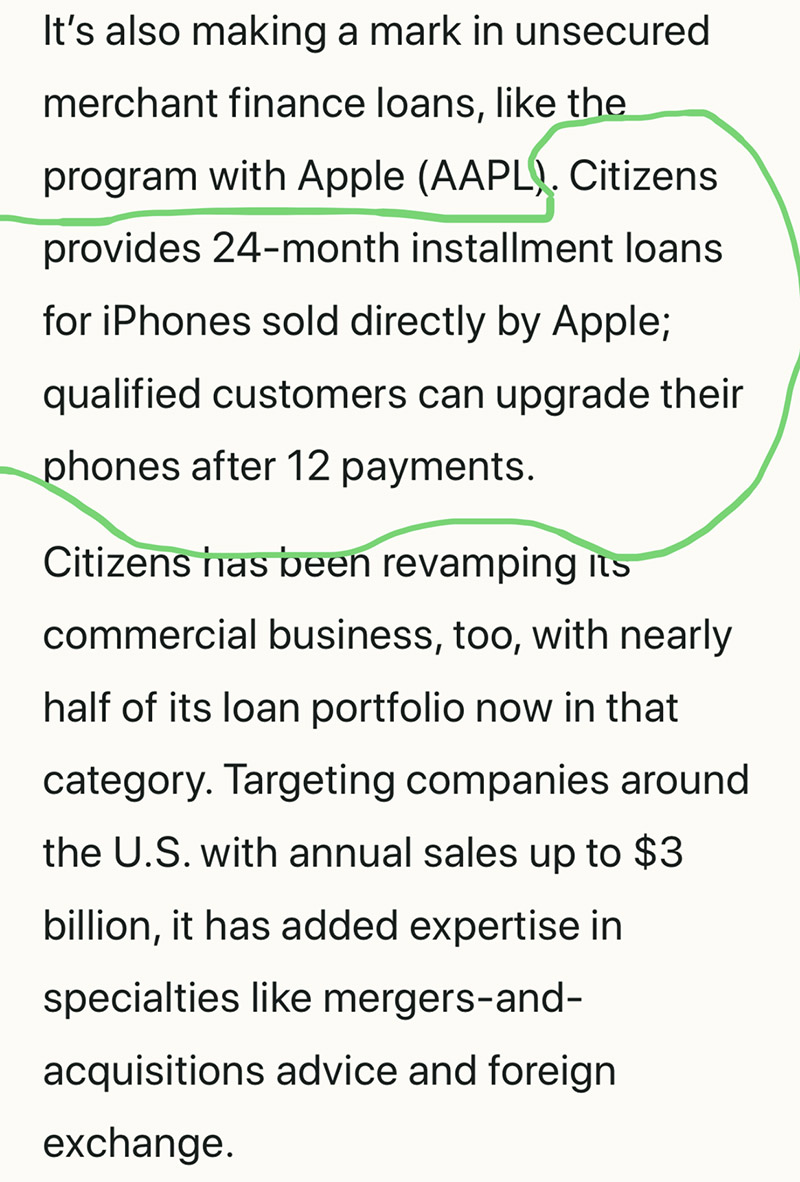
Clearing Storm and weekend photos
Rainy Weekend
The State of Journalism, 2018
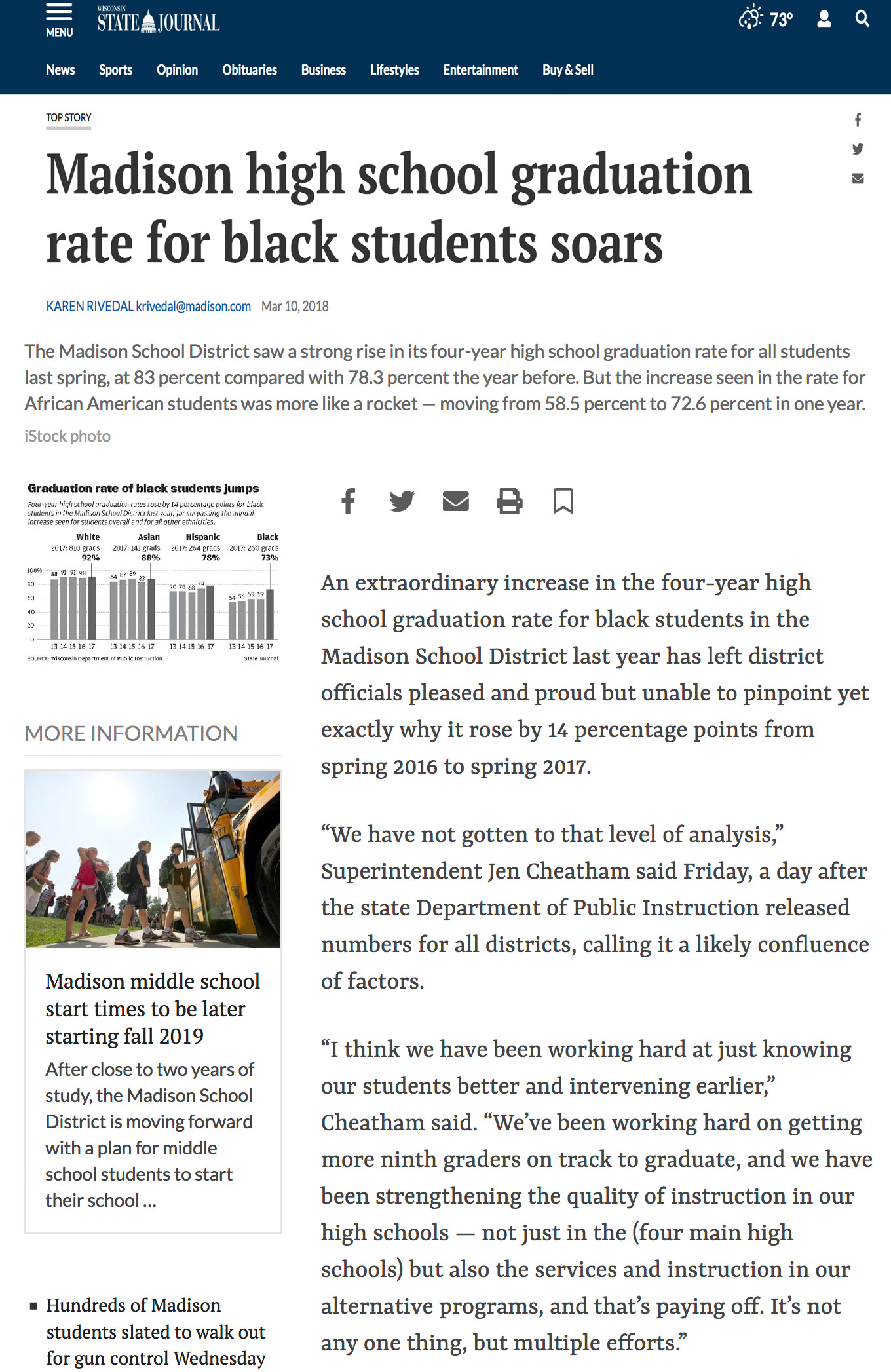
March 10, 2018: The Wisconsin State Journal published “Madison high school graduation rate for black students soars”.
September 1, 2018: “how are we to understand such high minority student graduation rates in combination with such low minority student achievement?”
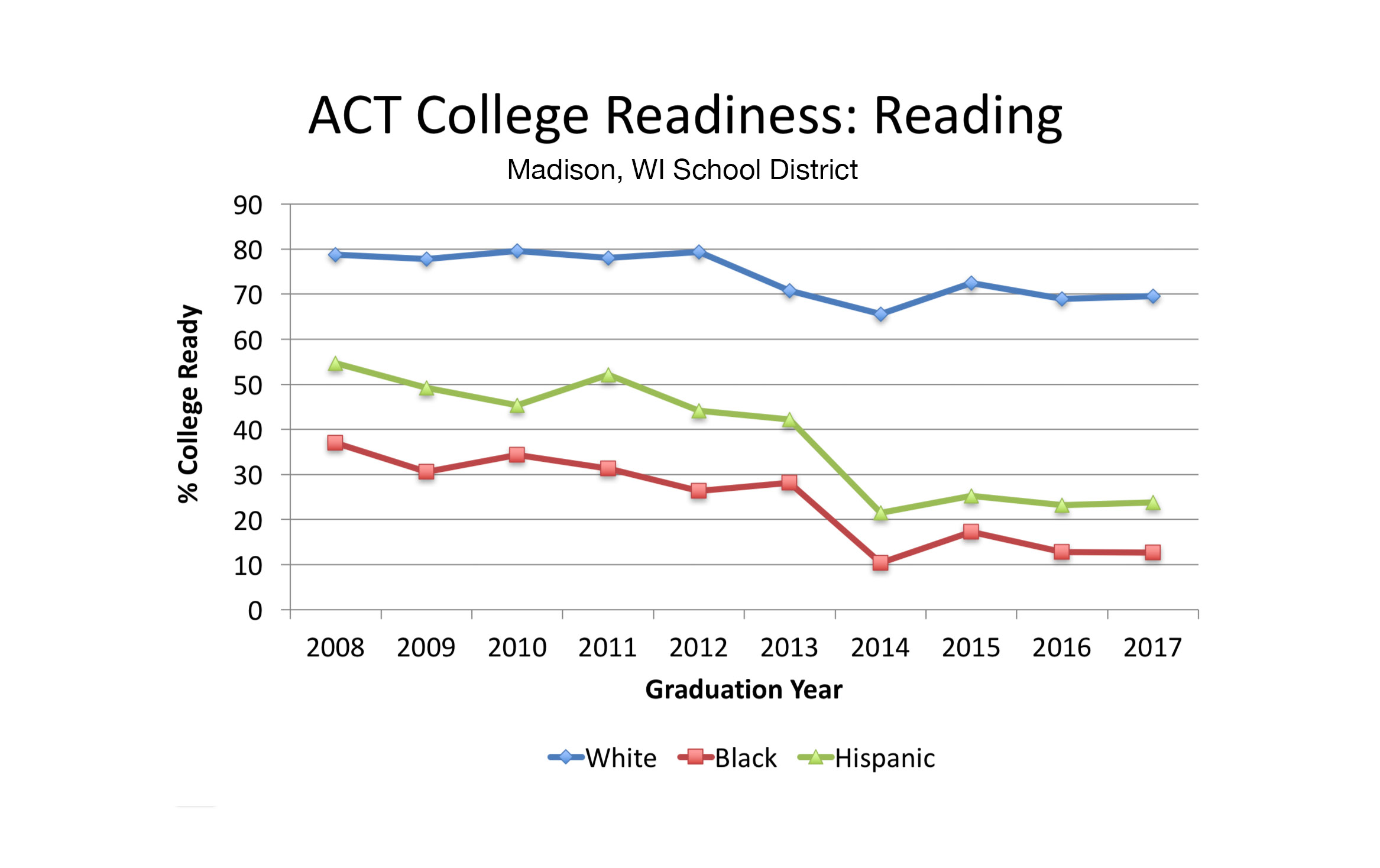
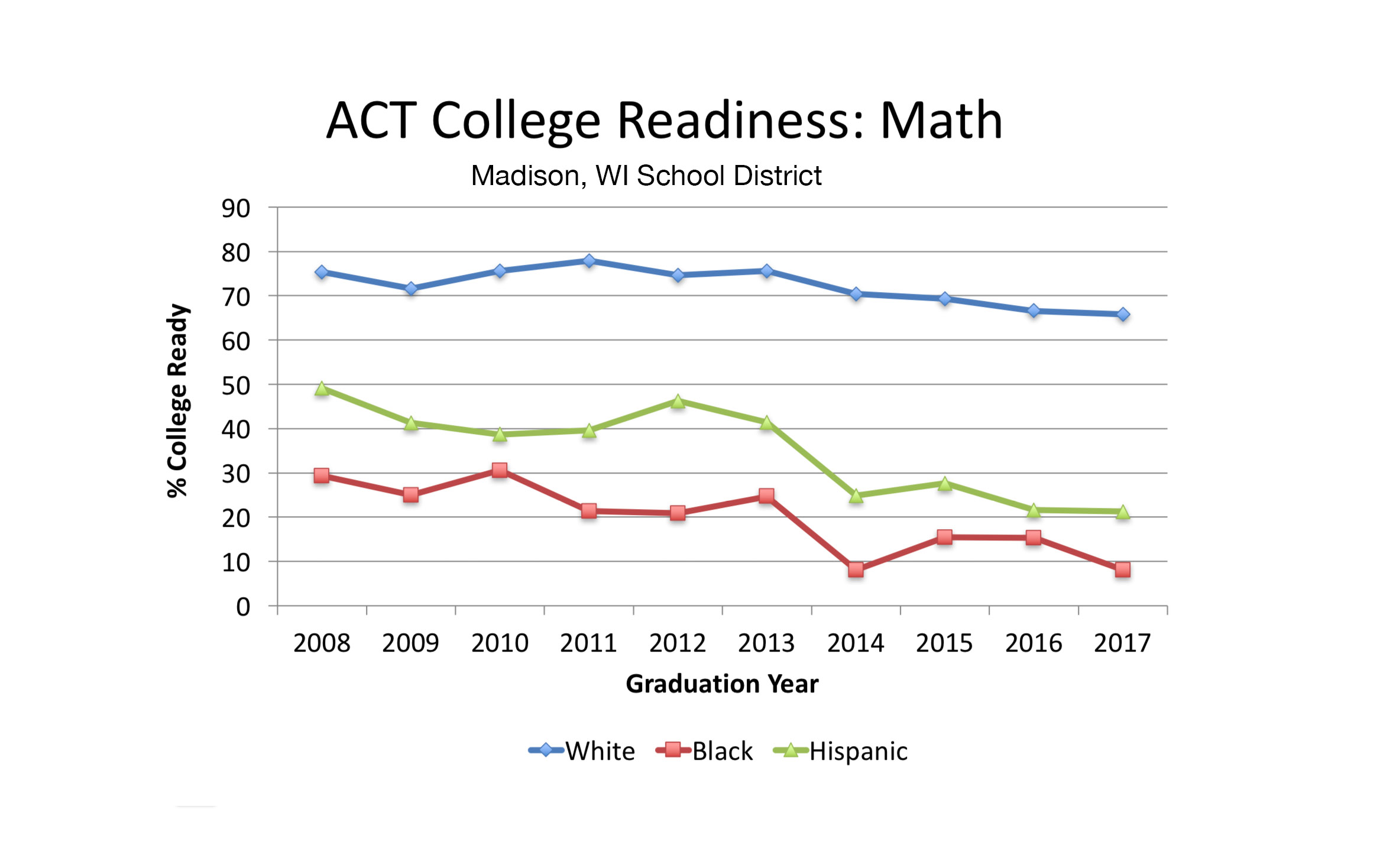
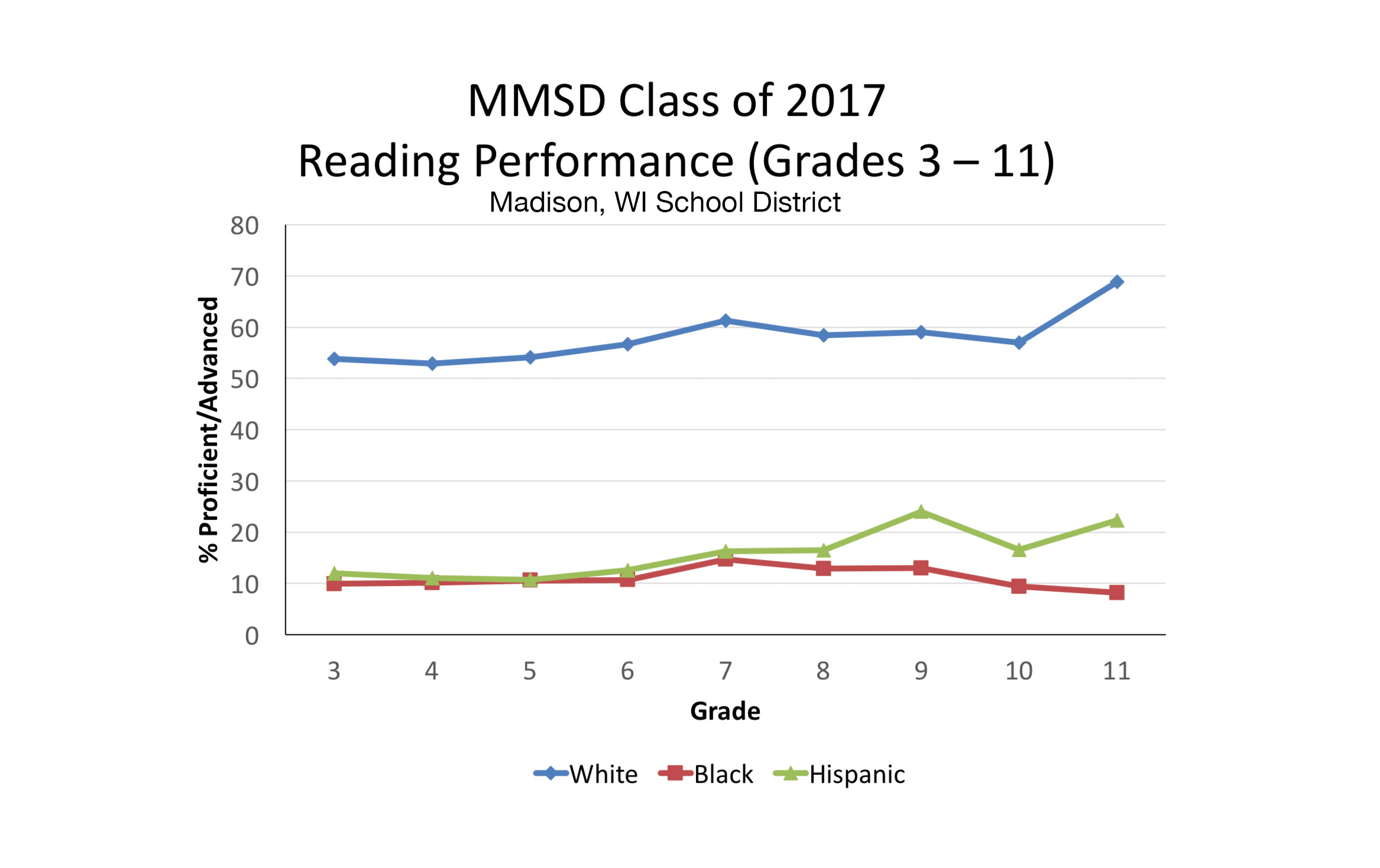
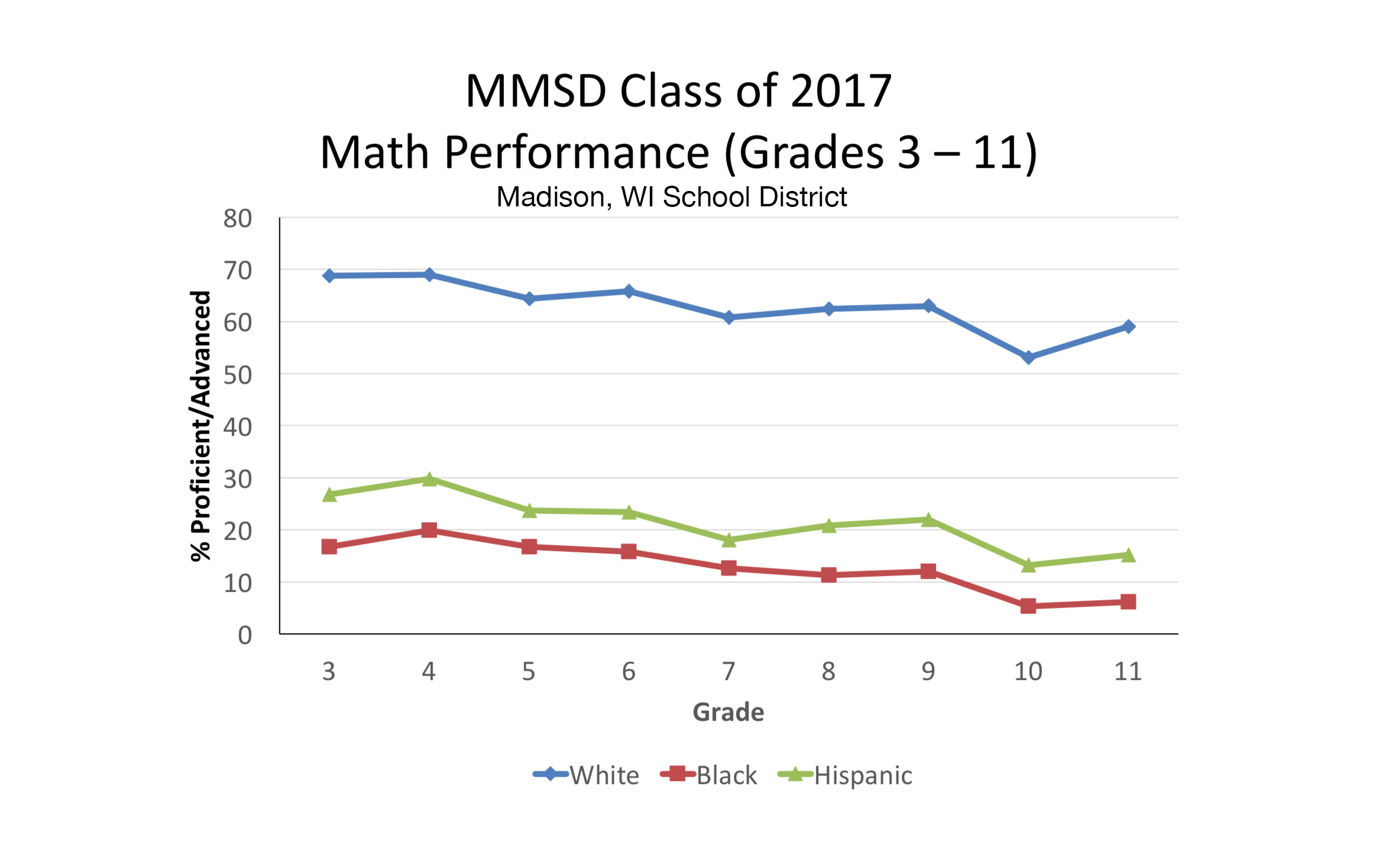
2005:
On November 7, Superintendent Art Rainwater made his annual report to the Board of Education on progress toward meeting the district’s student achievement goal in reading. As he did last fall, the superintendent made some interesting claims about the district’s success in closing the academic achievement gap “based on race”.
According to Mr. Rainwater, the place to look for evidence of a closing achievement gap is the comparison of the percentage of African American third graders who score at the lowest level of performance on statewide tests and the percentage of other racial groups scoring at that level. He says that, after accounting for income differences, there is no gap associated with race at the lowest level of achievement in reading. He made the same claim last year, telling the Wisconsin State Journal on September 24, 2004, “for those kids for whom an ability to read would prevent them from being successful, we’ve reduced that percentage very substantially, and basically, for all practical purposes, closed the gap”. Last Monday, he stated that the gap between percentages scoring at the lowest level “is the original gap” that the board set out to close.
Unfortunately, that is not the achievement gap that the board aimed to close.
In 1998, the Madison School Board adopted an important academic goal: “that all students complete the 3rd grade able to read at or beyond grade level”. We adopted this goal in response to recommendations from a citizen study group that believed that minority students who are not competent as readers by the end of the third grade fall behind in all academic areas after third grade.
2006: “They’re all Rich White Kids, and they’ll do just fine, NOT!”
2011: On the 5-2 Madison School Board No (Cole, Hughes, Moss, Passman, Silveira) Madison Preparatory Academy IB Charter School Vote (Howard, Mathiak voted Yes)
2013: Madison’s long term, disastrous reading results.
The Simpson Street Free Press (!) digs: Are Rising MMSD Grad Rates Something to Celebrate?, and digs deeper: Madison’s ACT College Readiness Gap.
Madison Newspapers, Inc. (Capital Newspapers, Inc.) which publishes the Capital Times and the Wisconsin State Journal, generates revenues of around $61,000,000 annually. Lee Enterprises owns 50% of Madison Newspapers, Inc. The following chart is from their May 5, 2018 10Q (SEC Filings).
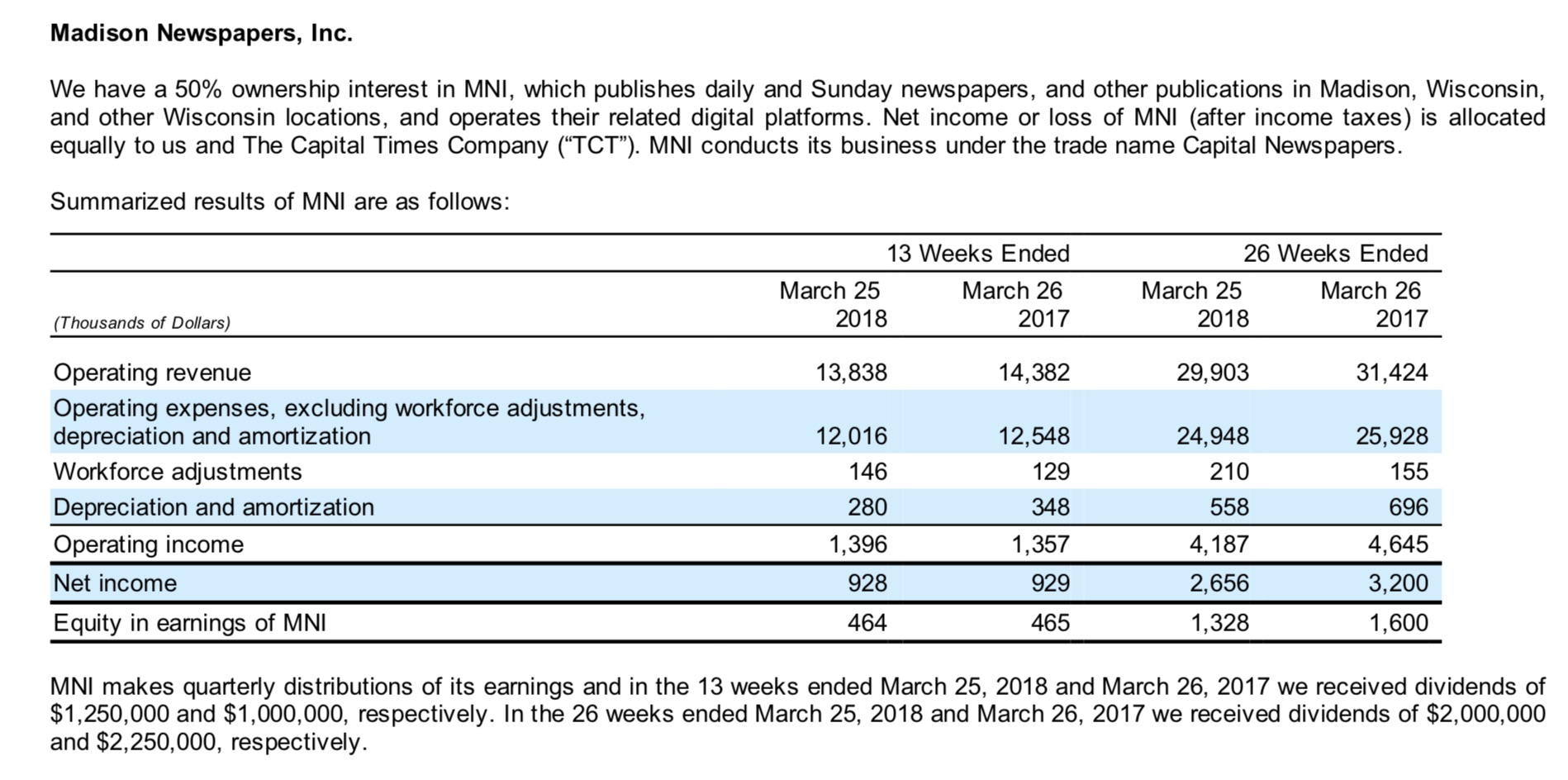
In closing, Madison spends far more than most K-12 taxpayer funded organizations.
Federal taxpayers have recently contributed to our property tax base.












